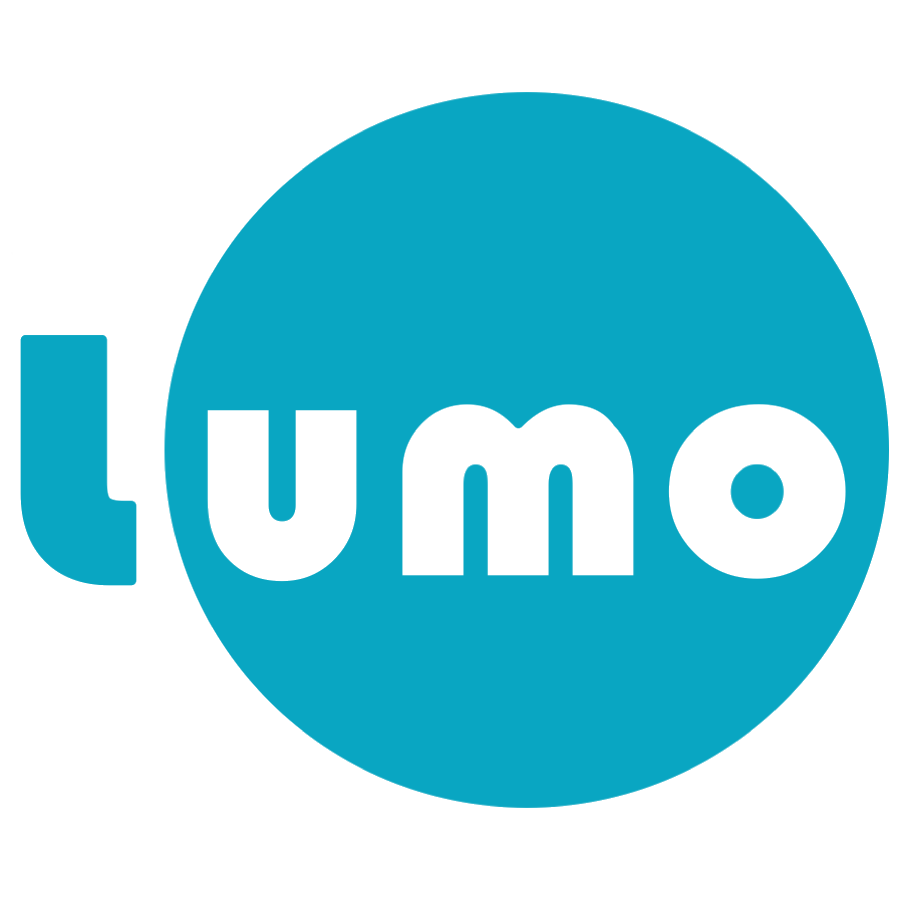Skin lesion tracking over time, known as longitudinal tracking, plays a crucial role in the early detection of melanoma. However, this aspect has been significantly underexplored in the context of full-body imaging, making it a critical area of focus for Lumo Imaging's research and development efforts.
In a recent publication, Lumo Imaging introduced a novel framework designed to locate skin lesion correspondence from one scan to another in Total Body Photography (TBP). This innovative approach combines both geometric and texture information, marking a significant leap forward in the field of dermatological imaging.
Body landmarks or sparse correspondence are first established on the source and target 3D textured meshes. Each vertex on these meshes is then mapped to a feature vector that encapsulates the geodesic distances to the landmarks on that mesh. This complex process is applied for each lesion of interest (LOI) on the source. Its corresponding location on the target is initially estimated using the geometric information encoded in the feature vectors and then refined using texture information.
The proposed framework underwent rigorous evaluation on both public and private datasets. Our success rates, measured against a 10 mm criterion, were found to be on par with the only other reported longitudinal study. This accomplishment holds immense promise for the future of TBP in dermatology.
As the use of full-body 3D capture continues to grow and its quality improves, Lumo Imaging believes that our proposed method will serve as a pivotal step towards advanced longitudinal tracking of skin lesions. This innovative approach underscores our commitment to pushing the boundaries of TBP technology and contributes significantly to the early detection and management of melanoma.
Partner with Us
Research Collaborations
Lumo Imaging is excited to form partnerships with healthcare institutions globally to scale the impact of our solutions.
Get in Touch